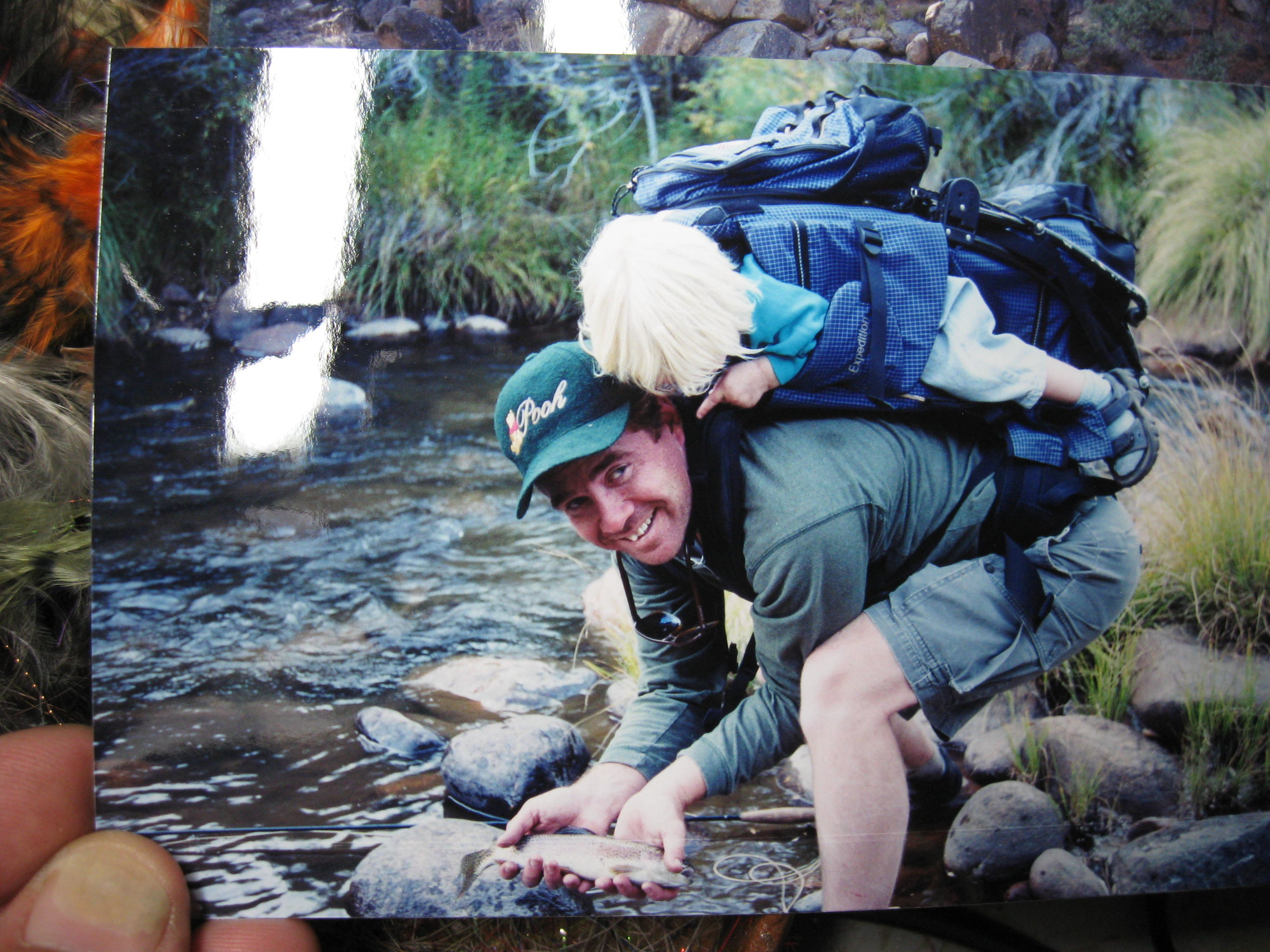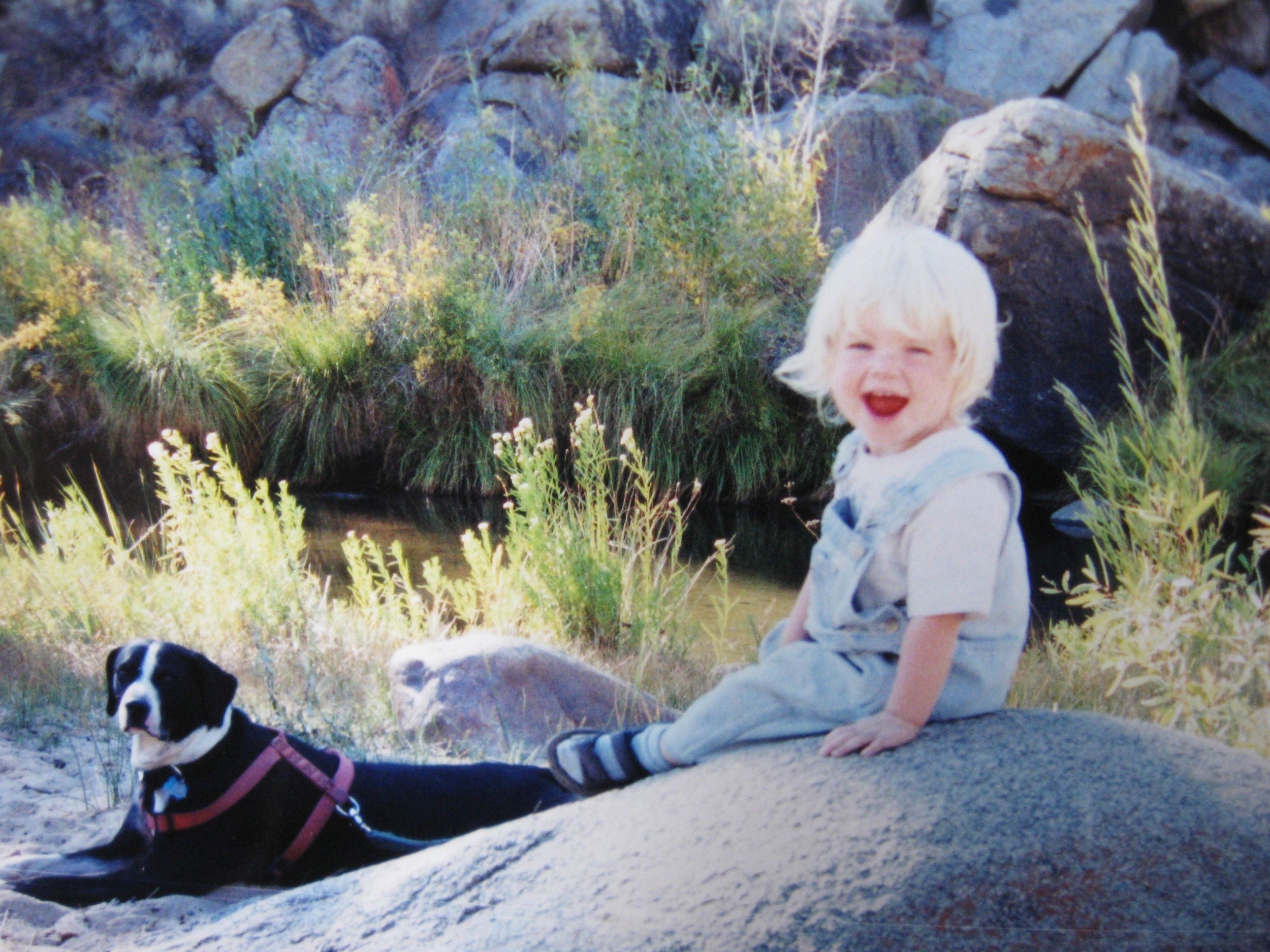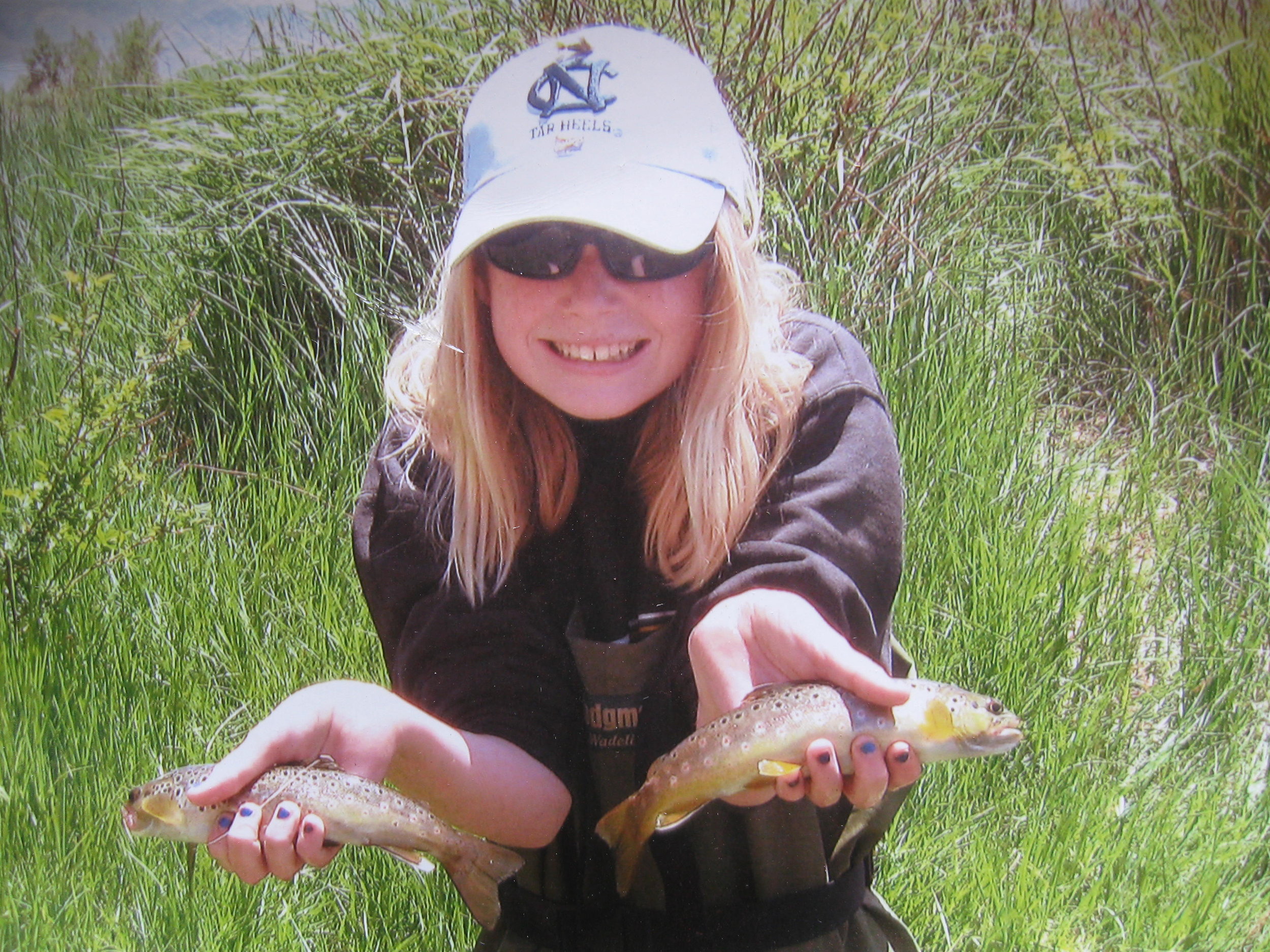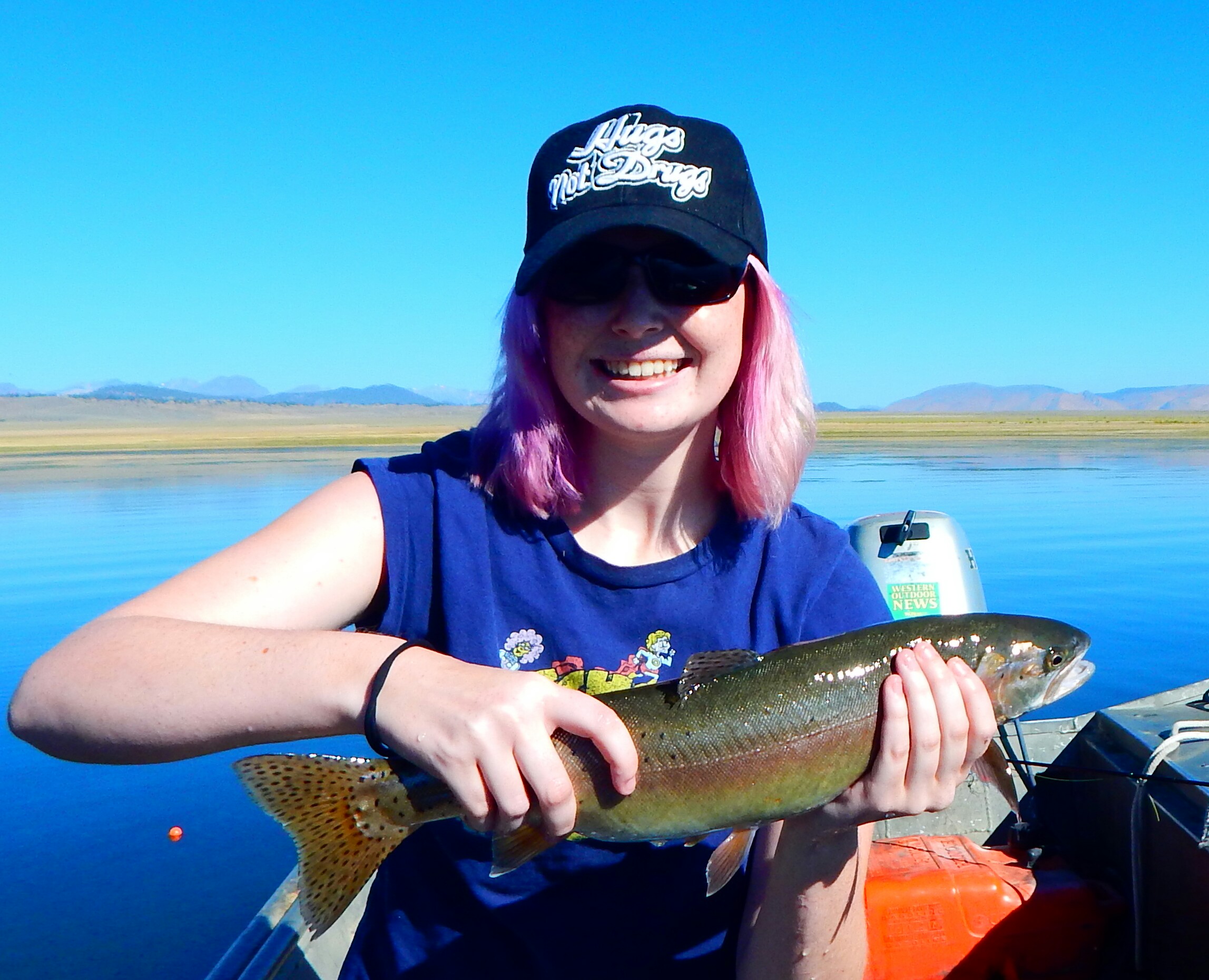The CJ Bug
Still inspired by the visit of Charles Jardine to the 2016 Southwest Council of the International Federation of Fly Fisher’s Faire in Bishop, we will tye up one of Charles’ own creations. Now, Charles can provide inspiration in many ways. He is extremely energetic and passionate about the sport of fly fishing for any age, let alone for his advanced years. Charles inspires others (including his English Youth Fly Fishing Team) to be better stewards of the waters we fish, to make longer, more precise casts, to tye more attractive flies, but it was his devotion to the future of not only fisher’s in the world, but to the future of human beings and their personal development and exposure to nature and the Maker through
fishing that was most inspiring.
Charles made a personal request of all those in attendance to take some time out for others, especially the youth of the world. Try to set some of your own personal time on the water aside for the next generation or those in need, whether it’s your child, niece/nephew, a neighborhood friend, a church
acquaintance, a veteran, etc. I find it strange that many people I know do not take their children fishing with them, even on occasion. It only takes a small amount of your time and effort to entertain a youth on the water and believe it or not, most of them don’t even need to fish the whole time. Just taking
them outside is the first step to building a strong foundation of enjoying and respecting nature and more often than not your time spent will be much more rewarding, in the moment and in the future, by taking a youth with you. You may even end up with a fishing partner that out fishes you on a regular basis.
So, back to Charles’ Bug……. This is a general purpose fly with enough of an overall representation of many freestone mayfly and caddis nymphs that it is great addition to any freestone fisher’s box. Tie some up throw’em in your box……and take someone fishing!!!!!
Tutorial excerpts are taken directly from “Flies, Ties, and Techniques” by Charles Jardine. Any italicized print is added for clarity.
Hook: Curved grub (caddis)light wire 10-16 threaded with a brass or tungsten bead
Thread: Red 8/0 or 70 denier
Tail: None
Rib: Copper wire (fine/small)
Back: Medium pearl Mylar (2-4 strands of Flashabou will work)
Body: Hare’s mask well mixed with some strands of orange and amber fur or Antron (90% natural, 10%color)
Thorax: Red thread and a small collar of peacock Ice Dub
1. Debarb hook and insert into vise. Thread the hook with a suitable bead and then wind a layer of touching thread turns along the shank.
2. Tie in the CDC at the bead area and then work in the rib, followed by the pearl Mylar. Ensure that the Mylar is situated on the top of the shank and maintains this position throughout the initial stages.
3. Carry the thread all the way around the hook bend and begin the dubbing rope in the now “approved” and familiar fashion.
4. Dub the body up to the thoracic area and then bring the Mylar back over the fly. The back tends to slide one way or another, but try to situate exactly in the center.
5. This job will be made a great deal easier when you start winding the wire rib. Keep the turns even and fairly open. Aim to place five or six turns along the shank. Make sure your winding pressure does not take the Mylar to the far side of the hook.
6. Trim excess wire, and now merely wind the CDC; it will look fluffy and funny and ungainly, but don’t worry. It’s what it looks like in the water that counts.
7. Form a small thorax in front of the hackle with the thread wraps, followed by a small amount- maybe two or three turns-of Ice Dub.
9. The finished fly should look like this-a little!
-Rob












